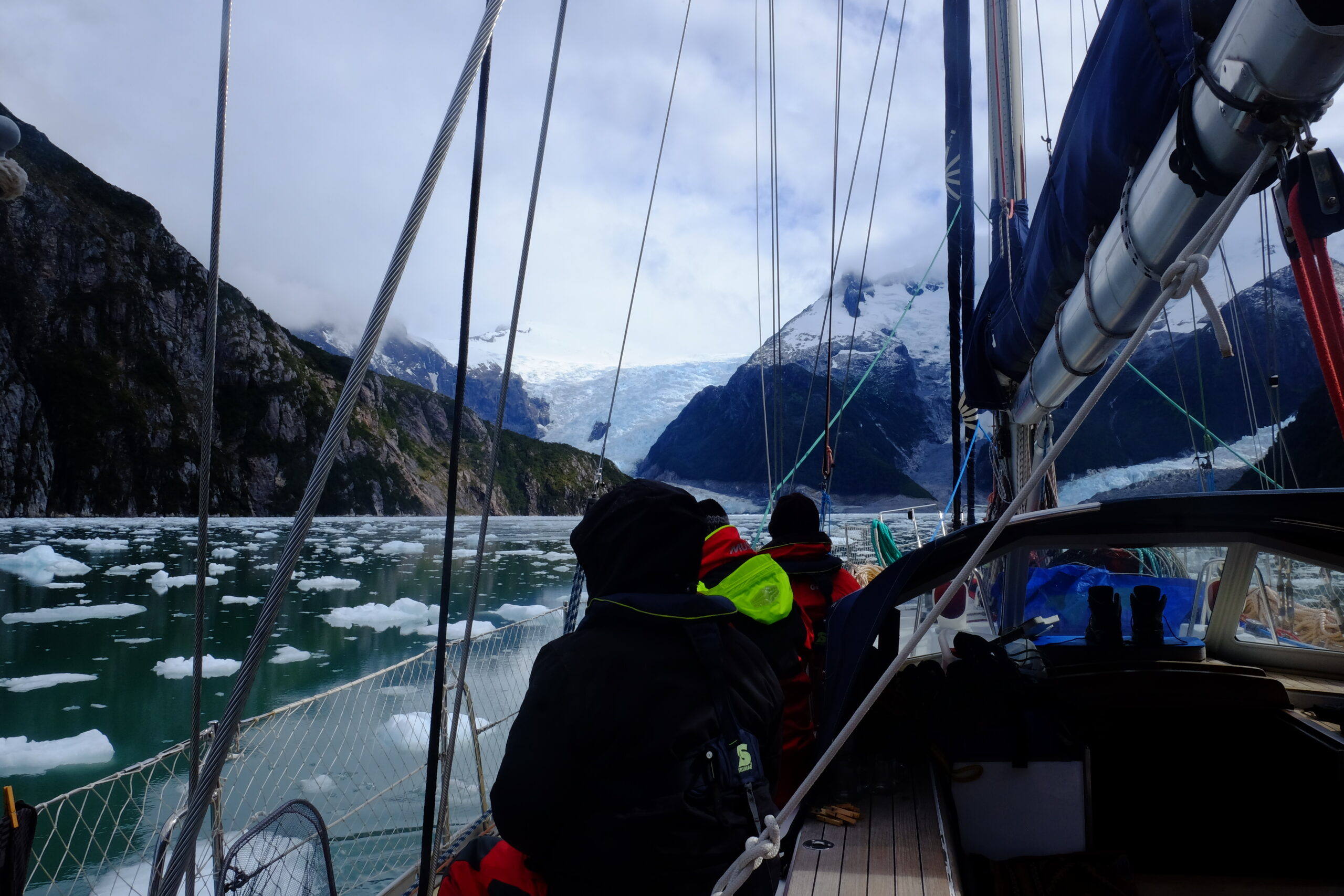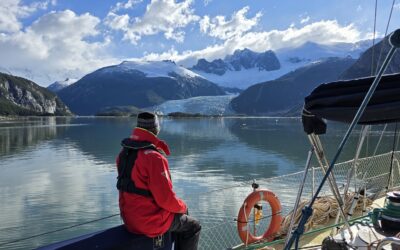
Chile: A unique discovery of more than a hundred seaspecies was made (Sciences & Vie, 26/02/2024)

Association Karukinka
Loi 1901 - d'intérêt général
Derniers articles

Suivez nous
A deep-sea expedition off the Chilean coasts has recently brought exceptional discoveries that shake what we already know about marine biodiversity.
Scientist of the Schmidt Ocean Institute (SOI) have charted vast areas of the ocean and documented more than a hundred new species along with the discovery of four hitherto unknown submarine mountains. These results open up new horizons regarding sea life and stress how important it is to protect these invaluable ecosystems.
52 thousand square kilometers were explored
Revolutionary discoveries off the Chilean coasts have been permitted thanks to an exploration mission carried out by the Schmidt Ocean Institute. Between the 8th and the 11th of February, scientists operated the research ship called Falkor in order to chart nearly 52,800 square kilometers of the ocean, with a focus on Nazca and Salas y Gómez submarine ridges together with Juan Fernández and Nazca-Desventuradas marine parks.
A treasure of marine biodiversity
Ultimately, four submarine mountains were discovered thanks to the expedition. The most impressive, named Solito, is 3,530 meters high. Besides, more than a hundred unknown marine species have been identified, among them oblong sea urchins, complex sponges, spiral-shaped corals, and even a bugeyed lobster. Thereafter, the biologists will analyze some samples of these in order to confirm that they were not identified yet as previously known species. These discoveries represent a significant step forward in the understanding of marine depths.
“We always expect to find new species in these untraveled remote areas. Yet the amount we discovered is stunning, especially regarding some groups including sponges.” director of the research group Javier Sellanes reported.
Preserving marine ecosystems matters
Submarine mountains play a key role in oceanic ecosystems as hot spots of biodiversity. Having discovered new submarine mounts off Chile highlights the importance of these invaluable marine habitat. As it turns out, these ecosystems are vulnerable to human activities such as trawling and deep-sea mining. The collected data gives a valuable insight into the marine biodiversity and sheds light on the preservation strategies.
You can read the whole article using the following link (in French): https://www.science-etvie.com/nature-et-environnement/chili-decouverte-exceptionnelle-de-plus-de-100-especes-marines127563.html








![[Sailing Patagonian channels] Sébastien’s Logbook part 1](https://karukinka.eu/wp-content/uploads/2025/08/Caleta-eva-luna_012025_Karukinka4-400x250.jpg)
